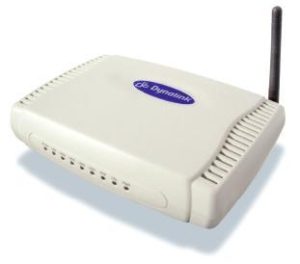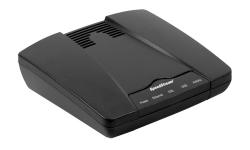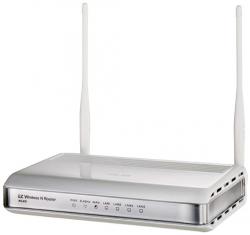It would be nice to configure and maintain our home webserver from the command line but I just don’t have the time. I don’t do enough of it to become proficient – I only rebuild our web/storage server every couple of years and I don’t do a whole lot to it between rebuilds.
In the past I have attempted it but I always end up installing Webmin and maintaining it headless from another PC on our home network. And recently I’ve given up altogether and installed a lightweight GUI as well.
The Lubuntu lightweight desktop can be installed onto other Ubuntu versions such as Ubuntu server. My last build went like this:
1) Install Ubuntu server 10.04 LTS (Lucid Lynx) Include LAMP + Postfix + Samba during setup
2) Install Lubuntu desktop
the add-apt-repository command requires Python so first:
sudo apt-get install python-software-properties
then add the Lubuntu repo and install:
sudo add-apt-repository ppa:lubuntu-desktop/ppa
sudo apt-get update
sudo apt-get install --no-install-recommends lubuntu-desktop
3) Install Webmin (using APT)
Webmin is not part of the Ubuntu repos so it must be added manually. Edit the APT sources list so that Webmin will be installed and kept current. The file should be here:
/etc/apt/sources.list
add this line:
deb http://download.webmin.com/download/repository sarge contrib
As root enter these commands:
cd /root
wget http://www.webmin.com/jcameron-key.asc
apt-key add jcameron-key.asc
now install Webmin:
apt-get update
apt-get install webmin



